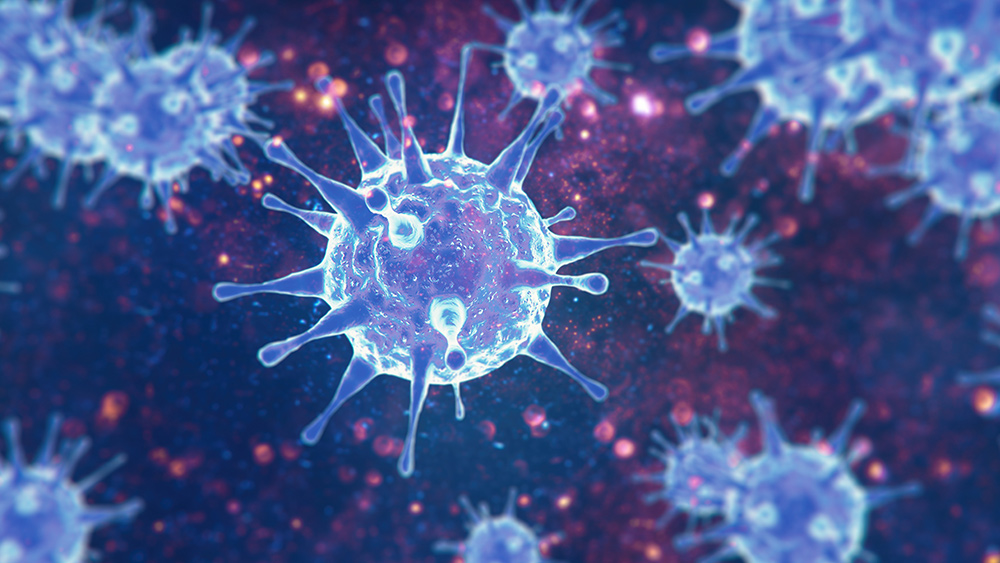
Advertisement
Current understanding of the coronavirus indicates that it is transmitted from person to person when an infected individual sneezes or coughs in close proximity to another, which is why governments around the world have implemented strict social distancing policies to keep people several feet apart from each other. However, that’s not the only way that the novel coronavirus can spread; bodily fluids from infected persons can land on surfaces that could then be touched by healthy people. This is why health officials also strongly recommend frequent hand washing and regularly wiping down handled surfaces like door knobs and handrails.
Choose the right cleaner
It’s not enough to simply grab some soap and a rag and wipe down your tables and other surfaces. Many commercial cleaning products might not be the right ones for killing the coronavirus.
Moreover, the Centers for Disease Control and Prevention (CDC) says that after cleaning surfaces, they should also be disinfected and sanitized. Cleaning, disinfecting and sanitizing are all distinctly different from each other.
Cleaning with soap or detergent removes germs from surfaces, but does not necessarily kill them. While this can lower the risk of spreading infection, it’s not nearly enough.
Disinfecting uses chemicals that kills germs, also significantly lowering the risk of infection. Finally, sanitizing lowers the number of germs on surfaces to a safe level. This can be done either by cleaning or disinfecting areas.
This means that, to effectively lower your risk of infection, you need to get the right cleaners that can get the job done. SARS-CoV-2, the virus that causes COVID-19, isn’t easy to kill.
“[It] is an enveloped virus,” said Brendaliz Santiago-Narvaez, assistant professor of biology at Rollins College in Florida. “This means that the virus has an outer protective lipid coat. Anything that effectively disrupts this outer membrane, in turn, can kill the virus.”
Santiago-Narvaez recommends that, if you lack any other disinfectants in the house, soap and water may be a simple solution. This, she says, is sufficient “to disrupt this outer layer that the virus needs in order to infect.”
However, it should be noted that some cleaners can be dangerous to your health. Many contain harsh chemicals that can cause a variety of health issues. The American Lung Association (ALA) states that many household cleaning agents may contain volatile organic compounds that can irritate the eyes, nose and throat, cause organ damage and even cancer.
Furthermore, the Environmental Working Group has warned that many cleaning products don’t have very informative labels, and that many consumers aren’t fully aware of the ingredients of the products they are buying. So, before you rush out to the grocery store, remember to research the ingredients of the products you’re planning to purchase. Your cleaners shouldn’t make you sick.
Which surfaces on your home you should keep disinfecting
According to a new study by scientists from the CDC, SARS-CoV-2 can persist on plastic and stainless steel surfaces for two to three days. This means that you have to keep disinfecting many surfaces around your home, especially if you’ve gone out recently or if somebody in the household is sick. (Related: Preventing coronavirus: How to properly decontaminate groceries before entering your house.)
First wipe down the surfaces that you’re certain you and others in your household touch regularly. This includes doorknobs, handrails, drawers, countertops, light switches and armrests.
Don’t forget to also wipe down many of your electronics other gadgets such as smartphones, laptops, tablets, headsets, keyboards, television, remote controls and video game consoles. The number of surfaces in your house that experience high traffic in terms of touch may be greater than you think. If you’re unsure, err on the side of caution when considering which surface to wipe. During a global pandemic, it’s better to be safe than sorry.
Sources include:
Advertisement
Advertisements
















